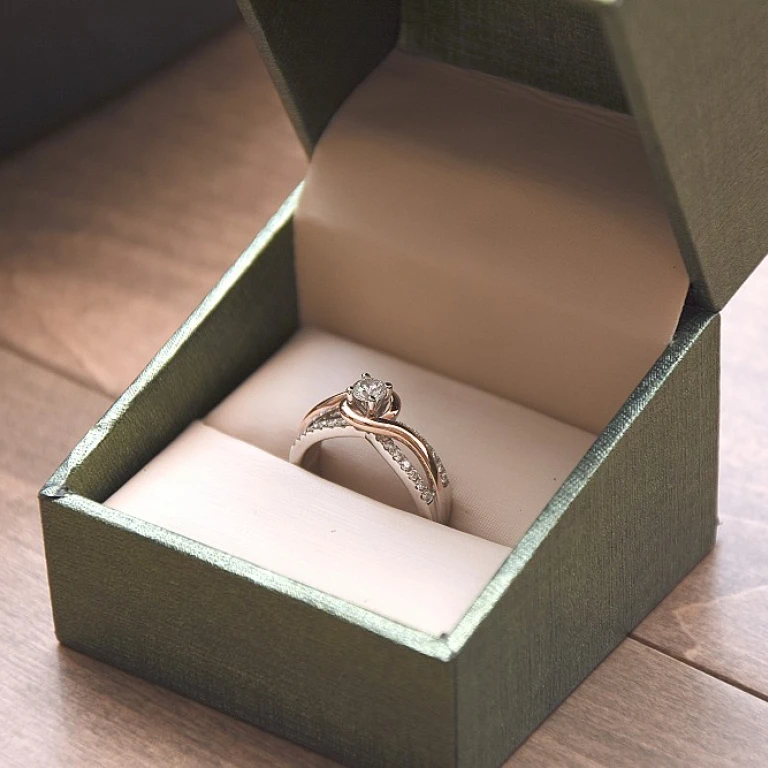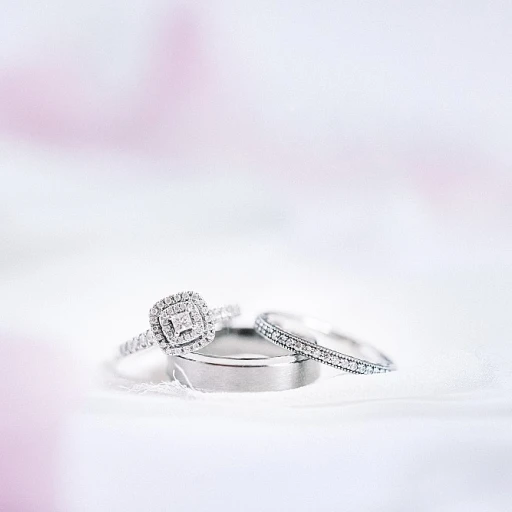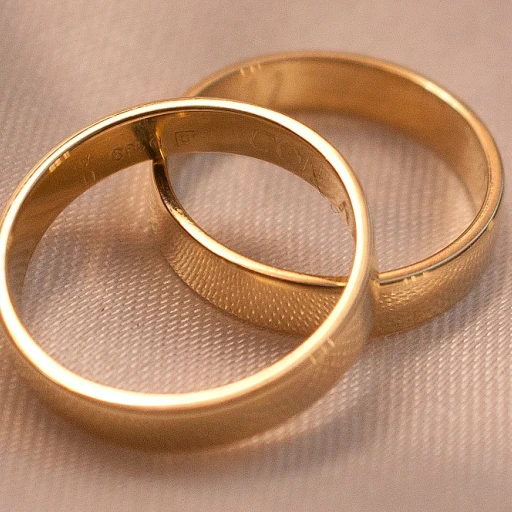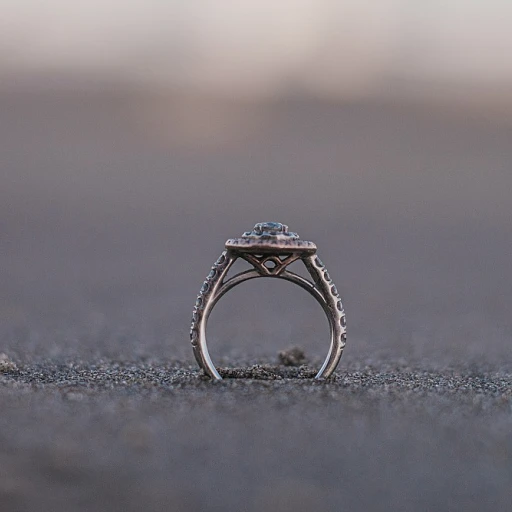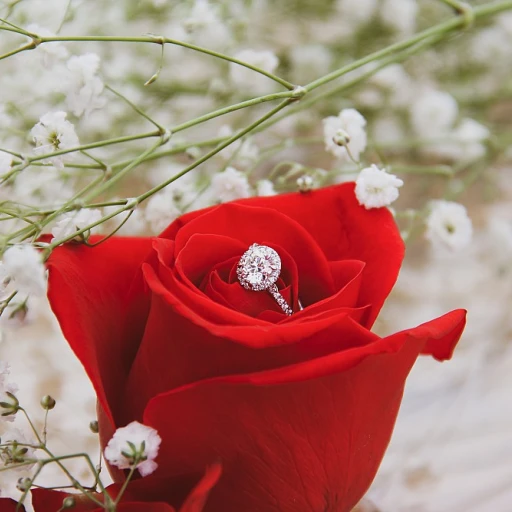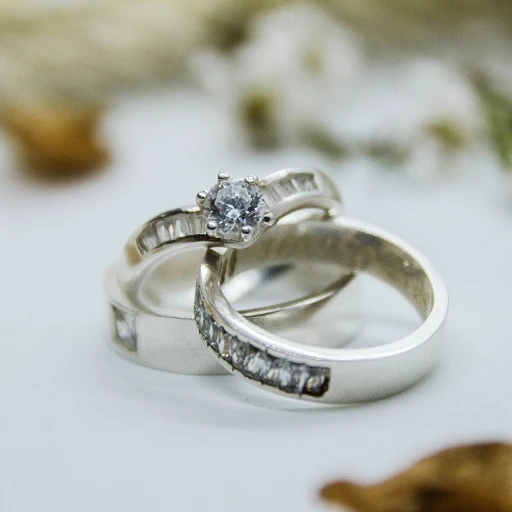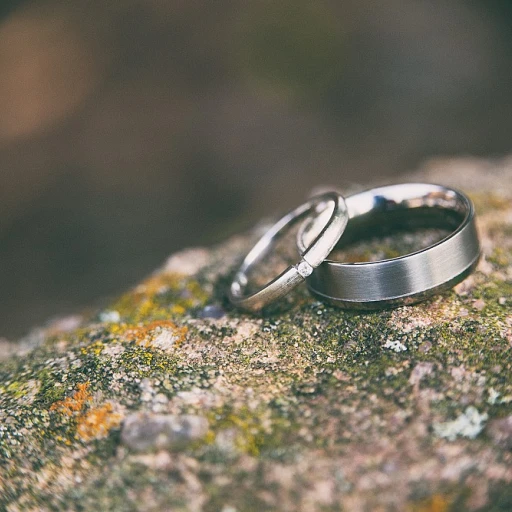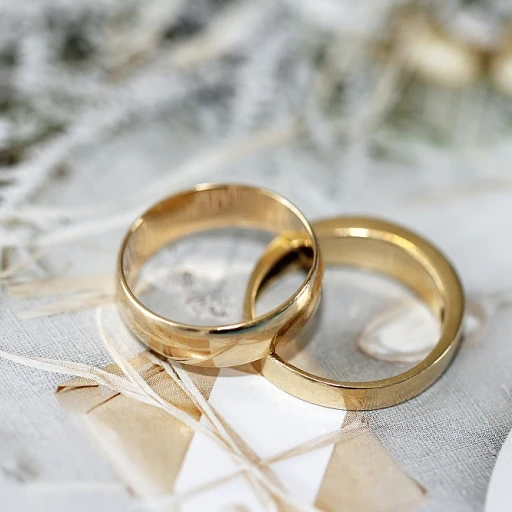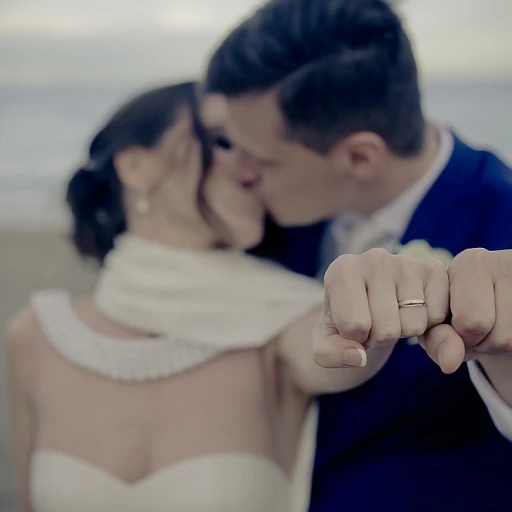The Allure of 1920s Wedding Rings
The Timeless Appeal of 1920s Wedding Rings
The 1920s was an era of elegance and innovation, and this is beautifully reflected in the wedding rings from that time. These rings capture the essence of the romance of yesteryear, offering a glimpse into a world where craftsmanship and style were paramount.
What makes these antique treasures so alluring is their unique blend of design elements. The art deco movement heavily influenced the rings of this period, characterized by geometric patterns and bold lines. This style was often complemented by the use of precious metals like platinum and gold, with a preference for white gold in particular.
Diamonds were the centerpiece of many 1920s rings, often featuring the distinctive European cut or mine cut, which adds a vintage charm that modern cuts can't quite replicate. The diamond engagement rings from this era were not just about size or carat weight but about the artistry of the cut and the setting.
For those seeking something truly special, the intricate filigree work and the use of colored stones in some designs provide a unique touch. These elements make each ring a piece of art, with a story to tell.
While the price of these vintage engagement rings can vary, they offer a value that goes beyond monetary worth. When you compare them to contemporary designs, the craftsmanship and history embedded in each piece make them a worthy investment.
As you explore the charm of antique wedding rings from the 1920s, you'll find that their timeless appeal lies in their ability to blend history with elegance, making them a perfect choice for those who appreciate both beauty and heritage.
Distinctive Features of 1920s Rings
Unique Characteristics of 1920s Wedding Rings
The 1920s were a time of great change and innovation, and this was reflected in the wedding rings of the era. These rings are renowned for their distinctive features, which set them apart from other vintage styles. Understanding these characteristics can help you appreciate their beauty and craftsmanship.
- Art Deco Influence: The 1920s were dominated by the Art Deco movement, which emphasized geometric shapes and bold designs. This influence is evident in the intricate patterns and symmetrical lines that define many rings from this period.
- Use of Platinum and White Gold: During this decade, platinum became a popular choice for engagement rings due to its durability and lustrous finish. White gold also gained popularity as a more affordable alternative, offering a similar aesthetic appeal.
- European Cut Diamonds: Many rings from the 1920s feature European cut diamonds, known for their unique sparkle and charm. These stones were often complemented by smaller diamonds or colored gemstones to enhance the overall design.
- Filigree and Milgrain Details: Delicate filigree work and milgrain detailing were common in 1920s rings, adding a touch of elegance and sophistication. These intricate designs showcased the craftsmanship of the era and are a testament to the skill of jewelers at the time.
- Variety of Stone Cuts: The 1920s saw a variety of diamond cuts, including the mine cut and the emerging popularity of the ctw European cut. These cuts were designed to maximize the stone's brilliance and fit the artistic styles of the time.
For those interested in the allure of antique engagement rings, the 1920s offer a wealth of options that are both unique and timeless. To explore more about the elegance of vintage engagement rings, consider embracing timeless elegance with marquise vintage engagement rings.
Popular Styles from the Roaring Twenties
Embracing Classic Styles and Exquisite Designs
When considering vintage engagement rings from the 1920s, one cannot overlook the captivating styles that were emblematic of the Roaring Twenties. The era was known for its art deco influences, a movement characterized by bold geometric shapes, intricate metalwork, and the liberal use of exotic stones and materials.- Diamond Cuts: During this period, the mine cut diamond and the european cut diamond were popular. These cuts, though not as precise as today’s modern techniques, were celebrated for their unique charm and artisan quality. Their play of light and distinct facets are unlike any modern diamond engagement ring, making them a highly valued choice for those looking for something with true vintage appeal.
- Metal Choices: Often, these rings were crafted in platinum or white gold to accentuate the brilliance of the diamonds and other precious stones. The durability of platinum made it a preferred choice for creating intricate filigree designs that were both decorative and robust. Meanwhile, art deco rings crafted in yellow gold offered a warmer tone, complementing the colorful gemstones often set within.
- Innovative Design Elements: The adventurous spirit of the 1920s extended to the variety of rings available. Engagement ring designs frequently included bold settings with multiple stones, including sapphires, emeralds, or rubies, alongside diamonds to create a striking visual contrast. Ctw european styles and deco ctw elements were frequently incorporated for a luxurious touch.
Caring for Your Antique Ring
Preserving the Beauty of Your Vintage Treasure
Caring for an antique wedding ring from the 1920s requires a delicate touch and a bit of knowledge about the materials and craftsmanship of the era. These rings, often crafted in yellow gold, white gold, or platinum, feature intricate designs like filigree and art deco patterns. To maintain their charm, it's essential to handle them with care.- Regular Cleaning: Gently clean your ring with a soft, lint-free cloth to remove any dirt or oils. For a deeper clean, use a mild soap and warm water solution, ensuring you rinse thoroughly and dry with a soft cloth. Avoid harsh chemicals that can damage the metal or stones.
- Professional Inspection: Schedule regular check-ups with a jeweler experienced in antique pieces. They can inspect the setting and stones, ensuring that the European cut diamonds or mine cut stones remain secure. This is especially important for engagement rings that may have more wear.
- Storage: When not wearing your ring, store it in a soft pouch or a separate compartment in your jewelry box to prevent scratches from other pieces. This is crucial for rings with delicate filigree work or softer stones.
- Mindful Wear: While these rings are durable, it's wise to remove them during activities that could cause damage, such as gardening or heavy lifting. This helps preserve the intricate details and the overall condition of the ring.
Where to Find Authentic 1920s Rings
Discovering the Right Places for Authentic 1920s Rings
When it comes to acquiring an antique ring from the 1920s, finding authentic sources is paramount for both value and quality. This era, known for its exquisite art deco designs, can be explored through different avenues where you can compare features such as the cut diamond, filigree details, and materials like platinum and yellow gold used during the time.- Antique Jewelry Dealers: Reputable dealers specializing in vintage and antique engagement rings often have a curated selection of 1920s pieces. These experts verify the authenticity and provide detailed information about the ring's history, including stone types like european cut diamonds or the elegant mine cut.
- Auction Houses: Well-known auction houses frequently feature vintage treasures from the Roaring Twenties, including diamond rings in their estate jewelry auctions. This route allows for exciting opportunities to bid on exceptional rings that showcase unique styles from that era.
- Estate Sales: Private estate sales offer a hidden gem for those who are patient and willing to explore. Rings from personal collections may provide unique discoveries at more flexible prices than typical retail settings.
- Online Platforms: Specialized online marketplaces provide a convenient way to view a variety of art deco engagement rings from the comfort of your home. Verify seller credentials and track record to ensure a secure purchase, and take advantage of comprehensive visuals for a quick view of potential options.
- Antique Shows and Fairs: Attending antique fairs grants a tactile experience where you can directly see and feel the ring, assess its ctw european features, and even negotiate the unit price in person with knowledgeable vendors.
Choosing the Perfect 1920s Ring for Your Wedding
Finding Your Ideal 1920s Wedding Ring
Choosing the perfect wedding ring from the 1920s is an exciting journey into the past. The art deco era offers a variety of styles, each with its own unique charm. To make the right choice, consider the following aspects:
- Material Matters: Rings from the 1920s were often crafted in platinum, white gold, or yellow gold. Each material offers a different aesthetic and durability. Platinum is known for its strength, while white gold provides a sleek, modern look. Yellow gold offers a classic warmth.
- Stone Selection: The cut of the diamond is crucial. European cut and mine cut diamonds were popular during this era, offering a vintage engagement ring feel. Consider the carat weight (ctw) and clarity when choosing your stone.
- Design Details: Look for distinctive art deco features such as geometric patterns and filigree work. These elements highlight the craftsmanship of the period and add to the ring's allure.
- Budget Considerations: Compare prices to find a ring that fits your budget. Antique rings can vary significantly in price based on their materials and rarity. A quick view of various options can help you determine the best unit price.
By taking these factors into account, you can find a ring that not only fits your style but also tells a story of a bygone era. Whether you opt for a diamond engagement ring or a simpler band, the charm of a 1920s ring is timeless.

